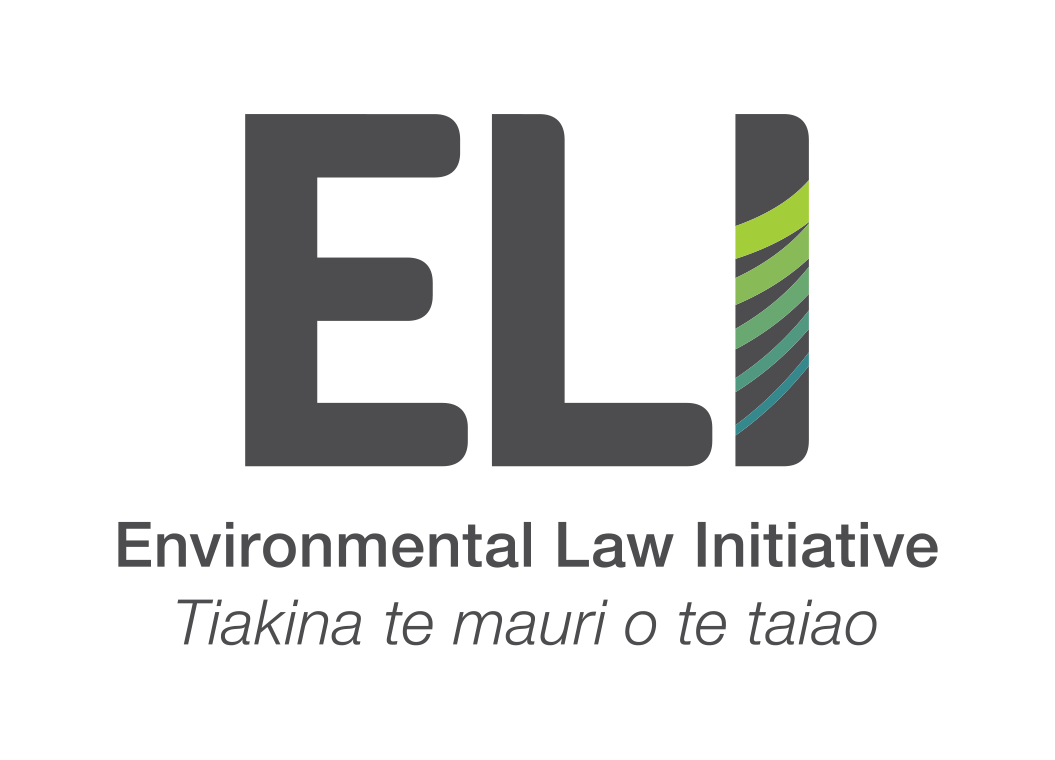Stewardship land review could result in more mining on conservation land
Why the Government’s measures to suddenly fast-track this long overdue process could endanger conservation land
“Stewardship land” is land that was given to the Department of Conservation (DOC) when it was formed in 1987. It describes land thought to be high-priority for conservation but which hasn’t been formally ‘assessed’ for its cultural, economic, landscape and recreational value.
While all stewardship land held by DOC is held because of high ‘conservation values’ - the process of reclassification stewardship land is supposed to ensure there are “additional layers of protection for the land that needs it most”. However, land determined to have ‘low or no conservation value’ could be “considered for other uses”. There are over 3,000 parcels of land (approximately 2.7 million hectares) of stewardship land across New Zealand - all awaiting assessment.
It's been over three decades since DOC was formed, and yet most stewardship land has not yet been reclassified. In May 2021, the government announced measures for streamlining the reclassification process. These measures included legislative reform and the establishment of national panels to provide technical assessments and make recommendations to the Minister of Conservation.
ELI has several concerns about the proposed processes for reclassifying the land, which we’ve raised directly with the Director General of Conservation via letter. We have also raised them with DOC, in our submission on Stewardship Land in Aotearoa New Zealand – Options to Streamline processes for reclassification and disposal (Discussion Document).
Our analysis was recently published in The Conversation and RNZ. Read the full story by following the links.


